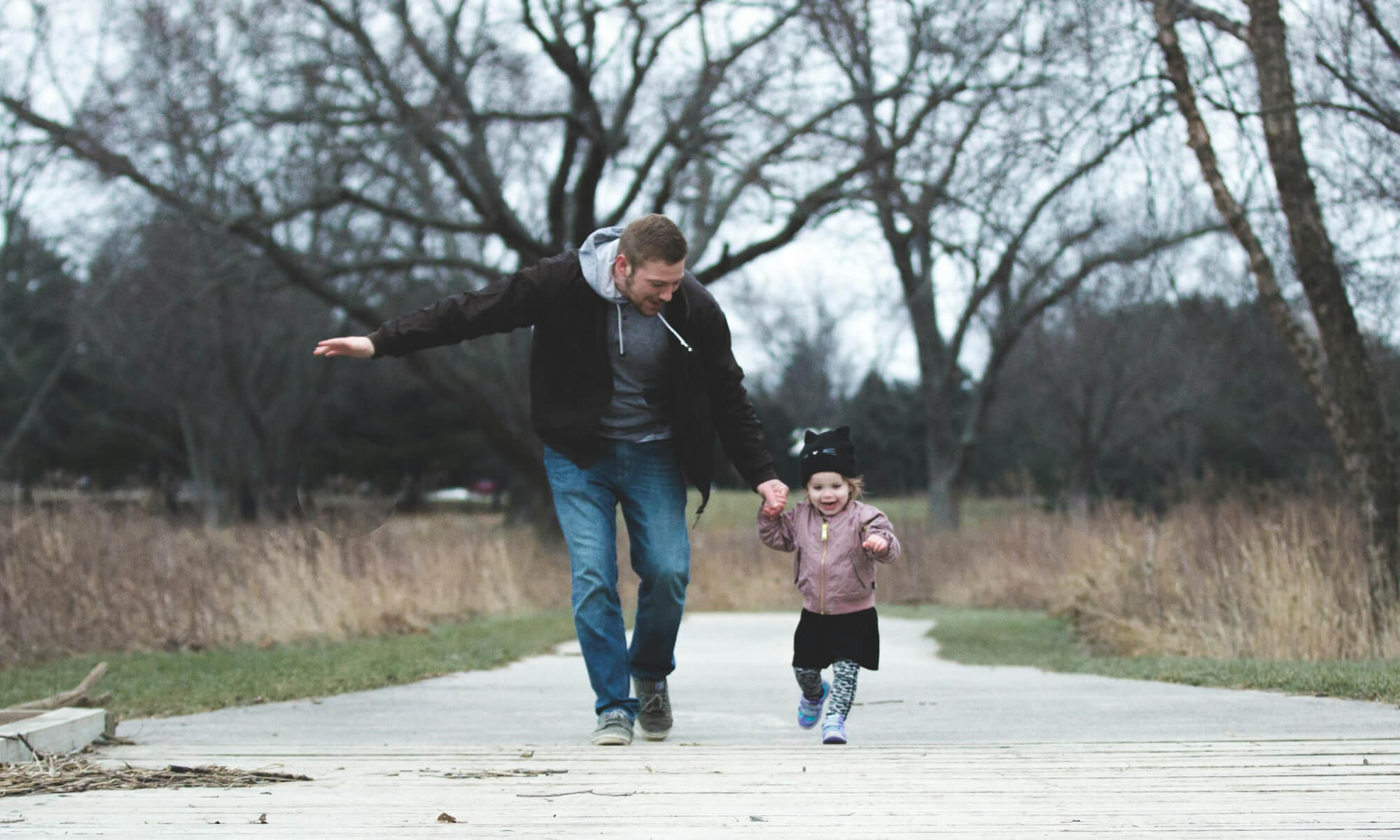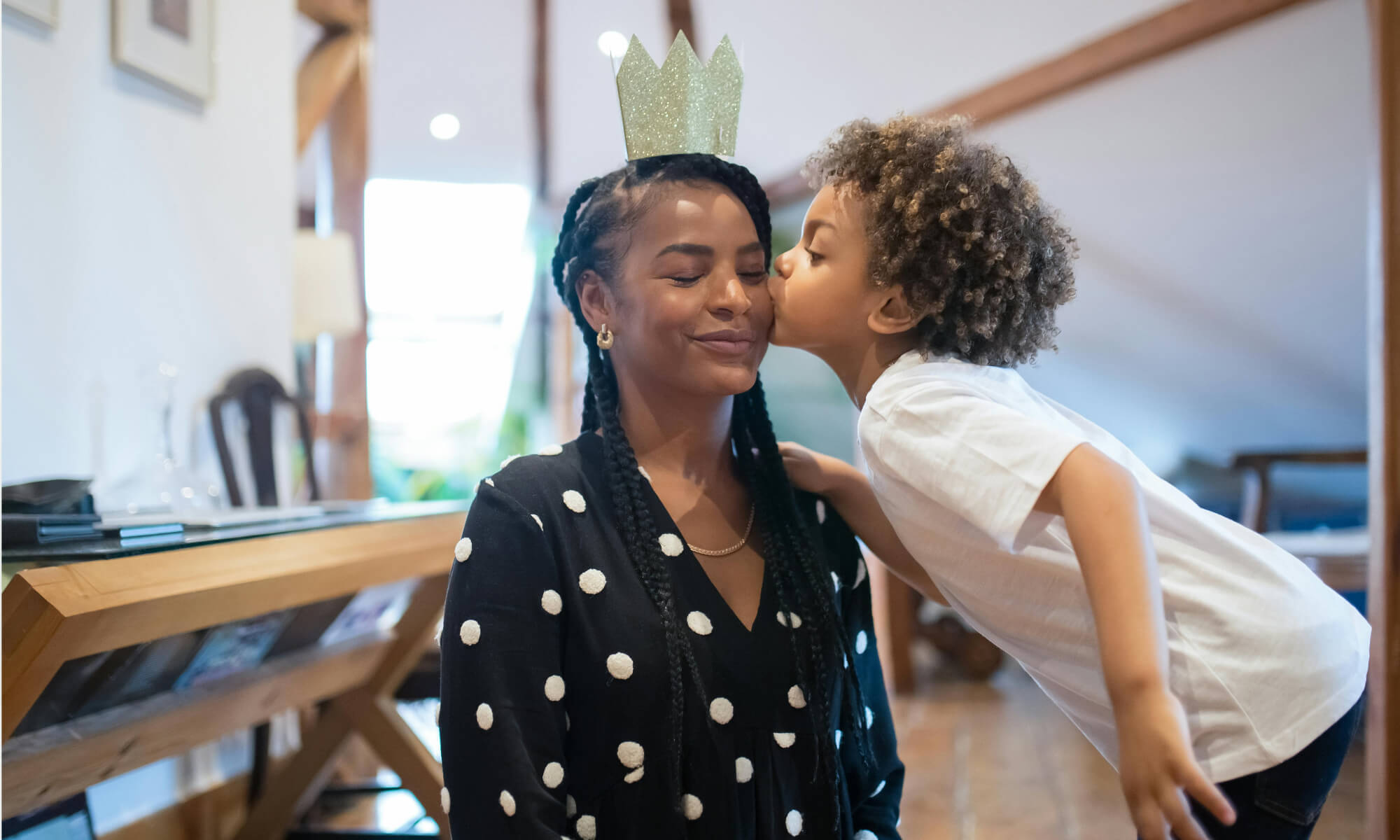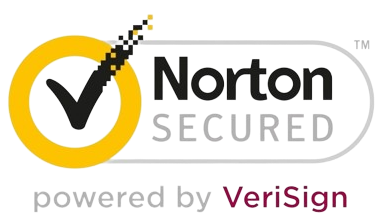The word “Bealtaine” (pronounced “BYAHL-tinneh”) carries deep historical significance in Irish culture and language. Understanding the Bealtaine meaning connects us to ancient Celtic traditions that have shaped Ireland for millennia. Traditionally marking the beginning of summer in Ireland, Bealtaine is the Irish name for the month of May and also refers to the festival celebrated on the first day of the month. This celebration represents one of the four major seasonal festivals in the ancient Celtic calendar, alongside Samhain, Imbolc, and Lughnasadh.
The Bealtaine meaning encompasses concepts of renewal, fertility, and protection—themes that resonated strongly with our agricultural ancestors and continue to influence Irish cultural practices today. At Gaeilgeoir AI, we believe that exploring traditional terms like Bealtaine deepens language learning by connecting vocabulary to rich cultural contexts.
Etymology: The Origins of the Bealtaine Meaning
The linguistic roots of Bealtaine provide fascinating insights into ancient Celtic worldviews:
Connection to Celtic Deity
The most widely accepted etymology links Bealtaine to the ancient Celtic deity Bel or Belenos, often associated with light, fire, and the sun. In this interpretation, Bealtaine meaning relates to “Bel’s fire” or “bright fire.”
Alternate Interpretations
Some scholars suggest the Bealtaine meaning derives from an older phrase “beal tene,” which can be translated as “bright fire” or “beneficial fire,” highlighting the importance of fire rituals during this festival.
Modern Irish Context
In contemporary Irish, Bealtaine simply means “May,” though the cultural associations with the festival remain strong in both language and practice.
Historical Bealtaine Traditions and Their Meanings
Throughout Irish history, Bealtaine celebrations incorporated numerous customs reflecting the festival’s deep cultural significance:
The Sacred Fires
Central to understanding Bealtaine meaning is the tradition of ritual fires:
- Druids would extinguish all household fires and relight them from a central sacred flame
- Communities would drive cattle between two bonfires as a purification ritual
- Jumping over Bealtaine fires was believed to bring good fortune and fertility
- The ashes from these fires were scattered over fields to ensure abundant harvests
Protection Rituals
Bealtaine was considered a time when the boundary between our world and the Otherworld thinned, necessitating protective measures:
- Yellow flowers (particularly primroses) were placed on doorsteps to protect homes
- May bushes (hawthorn) were decorated and placed near dwellings
- Special charms were created to safeguard livestock from supernatural harm
- Butter-making rituals were performed to protect this valuable resource from being “stolen” through magical means
Fertility and Courtship
As a celebration of summer’s beginning, Bealtaine meaning naturally extended to fertility customs:
- Young couples would go “a-maying” (gathering flowers and greenery in the woods)
- Marriage matchmaking intensified during this period
- Dew collected on May morning was believed to enhance beauty and youthfulness
- Special foods were prepared to promote fertility and abundance
Regional Variations in Bealtaine Celebrations
The Bealtaine meaning and associated practices show fascinating variations across Ireland’s provinces:
Ulster Traditions
- The “May Bush” tradition was particularly strong, with elaborate decorations
- Specific protective charms for dairy production were emphasized
- Local folk healers would gather special herbs believed to have enhanced potency
Connacht Customs
- Strong emphasis on cattle protection rituals
- Distinctive Bealtaine bread shapes and recipes
- Special attention to fishing rituals and sea-related protection
Munster Practices
- Elaborate fire-jumping customs
- Unique musical traditions associated with Bealtaine
- Special focus on holy well visitations during this time
Leinster Traditions
- Notable May Bush and May Pole customs
- Strong courtship traditions around Bealtaine
- Distinctive patterns in decorative May crafts
These regional variations demonstrate how the Bealtaine meaning adapted to local concerns while maintaining core themes of protection, purification, and renewal.
Bealtaine in Irish Language and Literature
The linguistic aspects of Bealtaine offer rich material for language learners interested in cultural context:
In Traditional Poetry
Numerous Irish poems reference Bealtaine, often using imagery of:
- Blooming flowers and lush greenery
- Romantic encounters in nature
- The protective and purifying qualities of fire
- The transition from spring scarcity to summer abundance
In Proverbs and Sayings
Traditional Irish wisdom about Bealtaine includes sayings such as:
- “Lá Bealtaine báinín, lá Samhna cóitín” (On May Day wear linen, on November Day wear a coat)
- “Is fearr caora i mí na Bealtaine ná bó i mí na Samhna” (A sheep in May is better than a cow in November)
- “Bainne na bó i mBealtaine, sin é bainne na bliana” (The cow’s milk in May, that is the milk of the year)
In Storytelling
Traditional Irish folktales often feature Bealtaine as a setting for:
- Encounters with the fairies (na sí)
- Tales of magical protection or its failure
- Stories of courtship and romance
- Accounts of agricultural prosperity or challenges
For those interested in exploring more Irish language patterns and expressions, our Irish language greetings phrases page offers additional cultural context for language learners.
Modern Celebrations: Contemporary Bealtaine Meaning
While the ancient Bealtaine meaning emphasized agricultural concerns, modern interpretations have evolved while maintaining connections to tradition:
Cultural Revival
Since the late 20th century, there has been renewed interest in celebrating Bealtaine:
- Community bonfires have been reestablished in many locations
- Folk music and dance events commemorate the festival
- Arts and crafts activities draw on traditional Bealtaine symbolism
- Educational programs teach children about these cultural traditions
Bealtaine Festival for Older People
In contemporary Ireland, “Bealtaine” has taken on an additional meaning as the name of a month-long national festival celebrating creativity in older age. Launched in 1995 by Age & Opportunity, this festival:
- Offers arts programs specifically for older adults
- Celebrates the creativity of older generations
- Provides cultural engagement opportunities
- Creates intergenerational connections through shared artistic experiences
This modern interpretation beautifully extends the Bealtaine meaning of renewal and celebration to honor elders in Irish society.
Connections Between Bealtaine and May Day Traditions
The Bealtaine meaning shares fascinating parallels with May Day celebrations across Europe:
Common Elements
Many European May festivals share features with Bealtaine:
- Emphasis on flowers and greenery
- Bonfires and fire rituals
- Themes of fertility and courtship
- Agricultural concerns and blessings
Distinctive Irish Elements
Elements that make the Bealtaine meaning uniquely Irish include:
- Specific protective rituals for cattle and dairy production
- Particular emphasis on the supernatural dangers of this time
- Distinctive May Bush rather than Maypole traditions in many regions
- Integration with Christian traditions particular to Ireland
According to research by the National Folklore Collection at University College Dublin, these similarities suggest common Indo-European roots while highlighting Ireland’s distinctive cultural evolution.
Bealtaine’s Influence on Modern Irish Life
Though most modern Irish people no longer perform the traditional Bealtaine rituals, the festival’s influence persists in subtle ways:
Cultural Memory
- Place names referring to Bealtaine fires or gathering sites
- Family traditions that unknowingly preserve elements of Bealtaine customs
- Artistic references in contemporary Irish literature, music, and visual arts
- The continued observation of certain customs, such as gathering May flowers
Language Usage
The Bealtaine meaning remains embedded in everyday Irish language:
- “Lá Bealtaine” (May Day) remains a recognized term
- Weather sayings related to Bealtaine persist in rural areas
- References to “May bushes” and “May flowers” maintain their cultural significance
- Terms for specific Bealtaine foods and customs survive in regional dialects
Learning About Bealtaine Through Irish Language Study
For language learners, exploring the Bealtaine meaning offers valuable cultural context:
Key Vocabulary Related to Bealtaine
- Tine Bealtaine: Bealtaine fire
- Sméaróid: Ember (often from the Bealtaine fire)
- Crann Bealtaine: May bush (decorated hawthorn)
- Drúcht Bealtaine: May dew (believed to have healing properties)
- Féile: Festival
- Luibheanna: Herbs (often collected at Bealtaine)
- Cosaint: Protection
- Beannacht: Blessing
Cultural Context for Language Learning
Understanding the Bealtaine meaning and traditions provides:
- Context for seasonal vocabulary
- Insight into agricultural terminology
- Appreciation of traditional phrases and expressions
- Deeper connection to the cultural foundations of the language
At Gaeilgeoir AI, we integrate cultural learning like Bealtaine meaning into our language lessons, creating richer connections to vocabulary and grammar concepts. Our Irish language lessons for beginners incorporate cultural context to make learning more meaningful and engaging.
Bealtaine Traditions You Can Practice Today
Even in modern times, certain aspects of Bealtaine can be meaningfully incorporated into personal or community practices:
Home-Based Activities
- Place flowers (traditionally yellow ones) at your doorway
- Create a small May Bush with hawthorn branches and decorations
- Cook traditional foods associated with Bealtaine
- Learn and share stories about Bealtaine traditions
Community Engagement
- Attend local Bealtaine fire celebrations where available
- Participate in Irish cultural events during May
- Join music and dance gatherings that celebrate seasonal transitions
- Visit historical sites associated with Bealtaine customs
Language Connection
- Learn the Irish names for May flowers and plants
- Practice seasonal vocabulary related to summer’s beginning
- Explore poems and songs that reference Bealtaine
- Share traditional Bealtaine greetings with fellow language learners
Bealtaine Meaning Across Different Celtic Cultures
The significance of Bealtaine extends beyond Ireland to other Celtic regions:
Scottish Traditions (Bealltainn)
- Similar fire customs but with regional variations
- Distinctive oatcake rituals not found in Irish traditions
- Specific focus on protecting against the “each uisge” (water horse)
Welsh Practices (Calan Mai)
- Greater emphasis on May Queen and King traditions
- Distinctive “cangen haf” (summer branch) customs
- Special foods including the “fedwen” May feast
Cornish Customs (Calan Me)
- Unique “Obby Oss” celebrations in Padstow
- Distinctive May horns and music traditions
- Special emissary characters not found in Irish Bealtaine
These variations demonstrate how the shared Celtic heritage adapted to local conditions while maintaining core elements of the celebration.
Conclusion: The Enduring Significance of Bealtaine
The rich Bealtaine meaning continues to resonate in contemporary Irish culture, connecting modern language learners to ancient traditions that shaped Ireland’s cultural identity. Understanding Bealtaine offers insights into Irish perceptions of seasonality, community protection, and the relationship between humans and the natural world.
For language learners, exploring cultural concepts like Bealtaine provides essential context that enriches vocabulary acquisition and usage. The words we use carry historical and cultural meanings that extend far beyond their dictionary definitions—especially in a language as steeped in tradition as Irish.
At Gaeilgeoir AI, we believe that truly mastering a language means understanding its cultural foundations. Our AI-powered learning tools incorporate cultural knowledge alongside grammar and vocabulary, creating a more holistic and engaging learning experience.
Experience the Cultural Richness of Irish Language Learning
Ready to explore the Irish language beyond vocabulary lists? Discover how Gaeilgeoir AI’s innovative approach combines technology with cultural immersion to create a more effective learning experience. Our AI-powered platform adapts to your learning style while incorporating rich cultural context like the Bealtaine meaning.
Join our community of Irish language enthusiasts today and begin a learning journey that connects you to Ireland’s vibrant cultural heritage. Start your free trial and experience how understanding cultural concepts like Bealtaine can transform your language learning journey from simple memorization to meaningful cultural connection.








